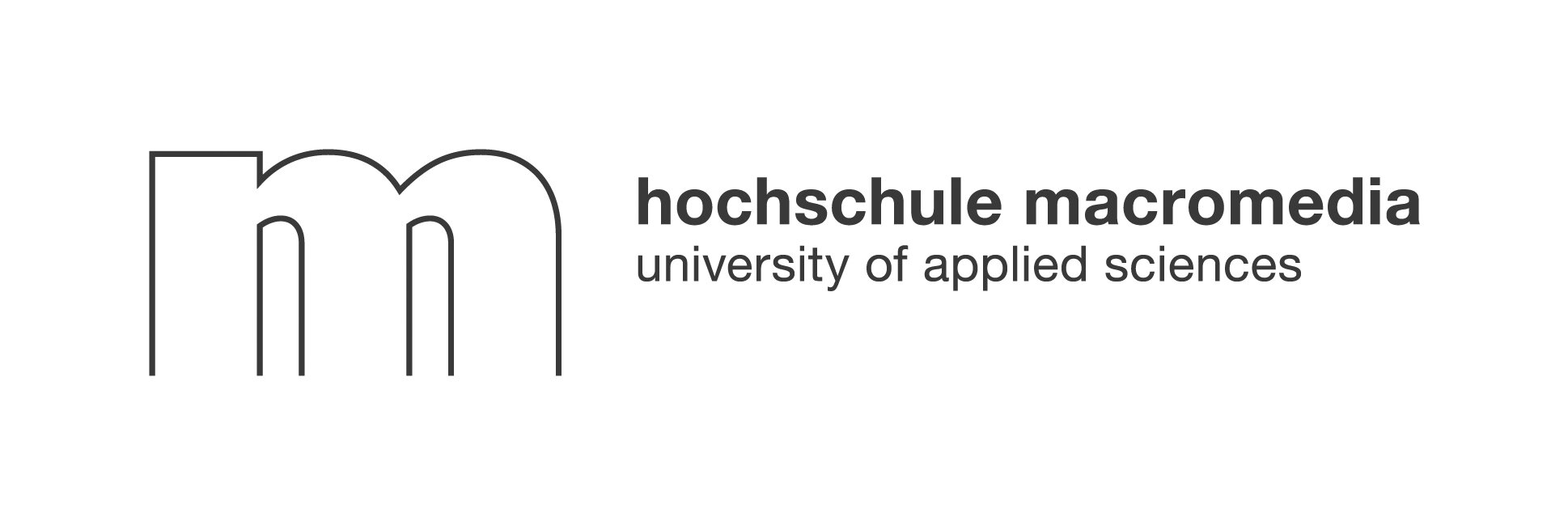What if the best predictor of your team’s future success isn’t found on a spreadsheet, but in the invisible web of relationships around you? As organizations race to adapt to new technologies and shifting work patterns, the question of “Social Capital: Importance in the future to outperform” is moving from academic theory to boardroom priority. This guide unpacks why social capital is the secret ingredient for outperforming competitors—and how teams and communities can harness it for real, measurable results.
1. The DNA of Social Capital
Social capital is like the connective tissue of any group, team, or community. But what exactly does it mean? Scholars break it down into three main types of ties:
- Bonding ties: Close connections among people with similar backgrounds or interests—think of your immediate team or family.
- Bridging ties: Connections that link different groups, such as partnerships between departments or collaborations with other organizations.
- Linking ties: Relationships that connect individuals or groups to those in positions of power or with access to key resources, like senior leaders or external stakeholders.
Each type of tie plays a unique role in how information, trust, and support flow through an organization.
Social capital delivers both tangible and intangible benefits. Tangible benefits are easy to spot: faster problem-solving, smoother project launches, and even higher loan repayment rates in group settings, as recent research in India during the Covid-19 crisis showed. Intangible benefits are the feelings of belonging, trust, and goodwill that make people want to help each other and stick around.
It’s important to distinguish social capital from human capital (skills and knowledge) and financial capital (money and assets). Human capital is what you know. Financial capital is what you own. Social capital, on the other hand, is who you know—and how well you work together. Unlike the others, social capital is not owned by any one person; it lives in the space between people, shaped by shared norms, trust, and mutual support.
If you want to go fast, go alone. If you want to go far, go together. – African Proverb
2. Why Social Capital Matters for Future-Proof Performance

Why does social capital matter so much for those who want to outperform in the future? The answer comes down to three things: innovation, resilience, and return on investment.
Teams with strong social capital are proven to be more innovative. They share ideas freely, spot opportunities faster, and adapt to change more smoothly. In times of crisis, like the Covid-19 pandemic, groups with deeper social ties had lower loan default rates—about 4% lower, according to a 2025 study in India—because members supported each other and felt accountable.
Resilience is another key benefit. When organizations face unexpected challenges, it’s the strength of their networks—bonding, bridging, and linking ties—that determines whether they bounce back or break down.
Consider these case snapshots:
- Rural towns: In rural Iowa, development projects often start with bonding ties but succeed by leveraging bridging ties to access new resources and ideas.
- Tech start-ups: The most successful tech start-ups are those where founders build both strong internal bonds and external bridges to investors, mentors, and other companies.
- Investment firms: According to the Thinking Ahead Institute, investment firms that nurture social capital alongside human and financial capital consistently outperform their peers, especially in fast-changing markets.
The bottom line? Social capital isn’t just “nice to have”—it’s a critical driver of performance and a buffer against shocks.
3. Social Capital: Importance in the Future to Outperform Competitors
The world of work has changed dramatically post-pandemic. Trust and networks have been reset. Many professionals are connecting less frequently, with smaller networks and less time spent on relationship building. The result? Lower trust, less creativity, and more difficulty retaining talent.
But here’s the opportunity: teams and organizations that intentionally rebuild and expand their social capital will be the ones who thrive in an AI-driven economy. In a world where technology automates routine tasks, the uniquely human ability to build trust, collaborate, and innovate becomes the ultimate competitive edge.
Social capital is the presence of networks, relationships and shared norms and how that is felt in terms of belonging, collaboration and camaraderie.
Predicting who will outperform in the future isn’t just about who has the best technology or the most resources. It’s about who can cultivate the deepest, most diverse, and most resilient networks—inside and outside their organization.
4. Measuring the Invisible: Tools to Map Your Network Advantage
Measuring social capital can feel like trying to catch smoke. But there are practical ways to make the invisible visible.
Simple metrics you can gather in one afternoon:
- Number of cross-team collaborations in the last quarter
- Frequency of informal check-ins or peer support
- Participation rates in mentoring or coaching programs
For those ready to go deeper, advanced analytics like graph theory and machine learning can map out the structure of your organization’s networks, identifying key connectors, isolated teams, and opportunities for new bridges.
| Metric | What It Measures | How to Use It |
|---|---|---|
| Network Density | How interconnected your team is | Spot silos and bottlenecks |
| Betweenness | Who connects otherwise separate groups | Identify bridge-builders |
| Reciprocity Rate | Balance of give-and-take in relationships | Foster mutual support |
But beware of common pitfalls: over-relying on formal reporting lines, ignoring informal networks, or using outdated data can all skew your picture of social capital. The best insights come from a mix of quantitative data and real conversations.
We may know that social relationships are important and beneficial, and we may even believe it, but this does not necessarily fully align with our actions.
5. Building Social Capital in Hybrid Workplaces
Hybrid work is here to stay, but it brings new challenges for building social capital. The old “water cooler” moments don’t happen by accident anymore. Leaders need to create rituals that spark spontaneous collaboration, such as virtual coffee breaks, cross-team brainstorms, or rotating “lunch and learn” sessions.
Mentoring, coaching, and reverse-mentoring programs are powerful tools for connecting people across generations, backgrounds, and job functions. These programs not only transfer knowledge but also build trust and shared purpose.
Bullet list of effective hybrid rituals:
- Weekly virtual team huddles with rotating hosts
- Monthly “interest clubs” (books, wellness, tech trends)
- Randomized coffee pairings across departments
Platforms like Neroia make it effortless for organizations to foster these organic connections. By recommending small-group activities tailored to individual interests and schedules, Neroia helps teams build authentic relationships—even when working remotely. This approach reduces planning friction and creates a more vibrant, engaged workplace culture.
6. Going Digital Without Losing the Human Touch

As more work moves online, the risk is losing the human connections that power social capital. But digital tools can also strengthen “weak ties”—those acquaintances and distant colleagues who often bring fresh ideas and unexpected opportunities.
Online communities, when designed thoughtfully, can spark collaboration across silos and geographies. AI-driven platforms can recommend connections based on shared interests, skills, or goals, making networking more inclusive and less intimidating.
Yet, leaders must actively work to avoid the digital divide trap. Not everyone has equal access to technology or feels comfortable in virtual spaces. Ensuring that digital networking tools are user-friendly, privacy-respecting, and adaptable is key to building social capital for all.
Bullet list: Tips for keeping the human touch in digital networking
- Encourage video-on for key meetings, but respect camera fatigue
- Celebrate “small wins” and personal milestones online
- Use anonymous feedback tools to surface hidden insights and needs
The best platforms, like Neroia, prioritize privacy and user-centricity, leveraging anonymized data for insights while maintaining a secure, closed environment. This ensures that digital connection enhances, rather than replaces, authentic human interaction.
7. Action Plan: Five Moves Leaders Can Start This Quarter
Ready to put “Social Capital: Importance in the future to outperform” into action? Here’s an ordered list of five practical steps leaders can take right now:
- Set social-capital KPIs and track them: Define clear metrics (like network density or mentoring participation) and review progress quarterly.
- Invest in cross-functional “flash teams”: Create short-term, diverse teams to tackle specific challenges or opportunities, building new bridges across the organization.
- Reward bridge-builders, not just rain-makers: Recognize and incentivize those who connect different teams, share knowledge, and foster collaboration.
- Partner with civic groups for community-level gains: Engage with local organizations or nonprofits to build broader networks and drive shared value.
- Review, iterate, and celebrate the wins: Regularly assess what’s working, adapt your approach, and publicly celebrate successes to reinforce positive behaviors.
Leaders have a very important role to play in shaping the lifeworld of everyone they interact with.
Conclusion
The future belongs to teams and communities that invest in relationships as intentionally as they do in technology or skills. Social capital is the engine of innovation, resilience, and sustainable growth—especially in a world shaped by hybrid work and digital transformation. Platforms like Neroia offer organizations a friendly, flexible way to effortlessly discover and nurture authentic connections, ensuring that no one is left behind in the race to outperform.
Social capital isn’t just a buzzword; it’s your team’s most powerful asset for the future. Start building it today, and watch your organization outperform tomorrow.



